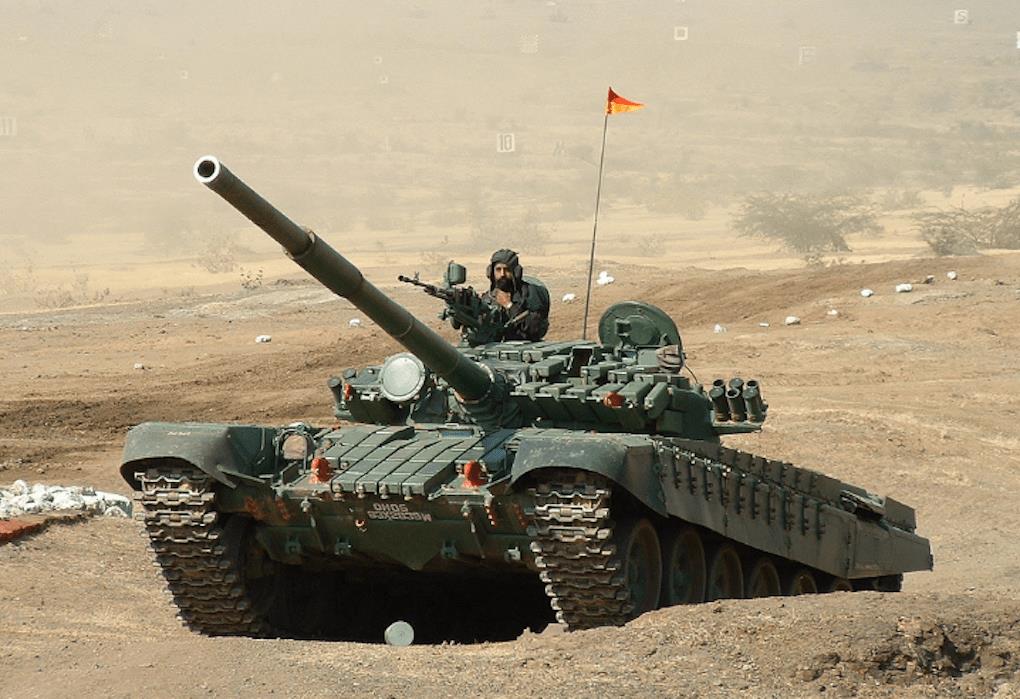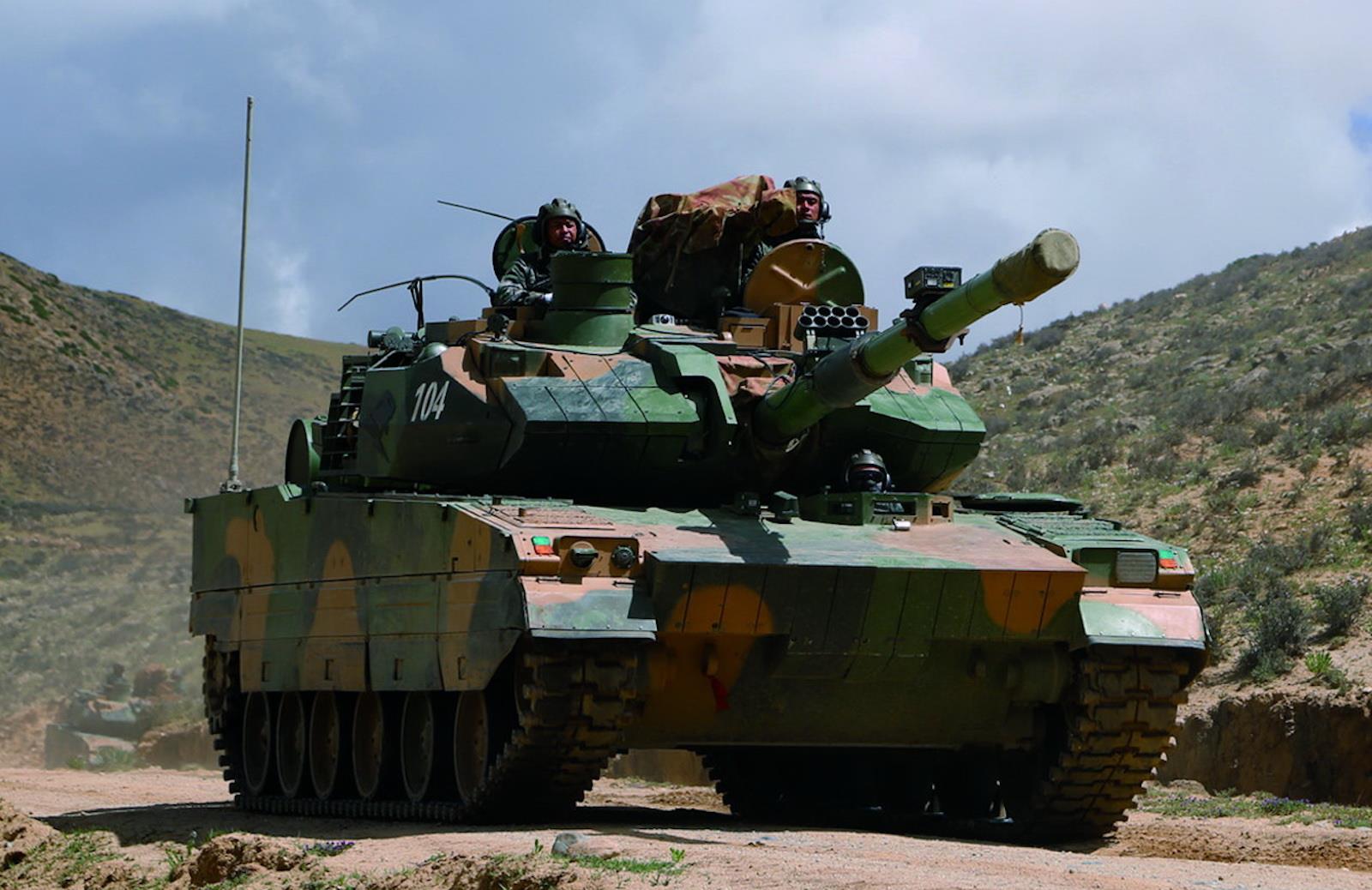(MENAFN- Asia Times)
India is poised to unveil a homemade light tank optimized for mountain warfare on its disputed Himalayan border, ostensibly to counter China's light armor in the high mountain area.
Defense publication Janes reported this month that the Indian army has partnered with local conglomerate Larsen & Toubro Ltd to develop a light tank for mountain warfare, which is expected to be unveiled in 2023.
Jayant Patil, L&T senior executive vice-president for defense, confirmed that his firm has been selected as a development partner for the new light tank, known as“Project Zorawar.”
However, it is unclear if L&T will play a role in the tank's actual production process. Prototype equipment has passed field tests for induction clearance, after which production can commence.
Janes also mentions that L&T is collaborating with the Defense Research and Development Organization (DRDO), with the latter's Combat Vehicles Research and Development Establishment (CVRDE) leading its work.
The 2020 Ladakh clashes exposed India's capability gaps in its disputed border with China. In a 2020 article for Raksha Anirveda magazine , Retired Lieutenant General Ashok Bhim Shivane wrote that India's lack of light tanks contributed to its failure to deter China's advances in the high mountain area.
He notes that forward deployment of light tanks, armored personnel carriers (APC), attack helicopters, infantry, special forces, light artillery, and combat aircraft supported by drone and satellite intelligence in the guise of a training exercise could have prevented that year's lethal border skirmishes.
Shivane notes that India had successfully deployed French-made AMX 30 light tanks in earlier mountain border skirmishes with Pakistan and China in 1948 and 1962, respectively. However, in the 1980s, these light tanks were phased out in favor of heavier main battle tanks (MBT), which have several limitations in mountain warfare.
The neglect of light tanks for mountain warfare may have been due to the preoccupation of India's defense planners with Pakistan, which they deemed as the more immediate threat.
In a March 2022 article for Eurasian Times , Sakshi Tiwari notes that India's 45-ton T-90 and T-72 tanks, designed for mass armored maneuvers on open deserts or plains, were not suited for high-altitude warfare during the 2020 clashes.

India's Russian-designed T-72 (shown above) and T-90 tanks did not perform well in Himalayan combat with China. Credit: Handout
She notes that India's armored battalions struggled to transport their heavy tanks to mountain passes 5,300 meters high while China's 33-ton ZTQ-15 light tanks easily negotiated the rugged terrain.
In 2021, in a stopgap measure, India considered acquiring 18-ton Sprut SDM1 light tanks to counter China's light armor, notes Snehesh Alex Philip in The Print . He noted that India was keen to acquire Russia's Sprut SDM1 because it has the same 125-mm gun and ammunition as its T-90 and T-72.
However, the Russia-Ukraine War has since impacted the manufacturing and sustainment of India's Russian-made tank fleet, making it imperative for India to design and develop indigenous light tanks, notes Rajat Pandit in an August article for The Times of India .
In response to these shortcomings, the Indian Ministry of Defense (MOD) issued in April last year a Request for Information for Light Tanks for the Indian Army , which outlines requirements for 350 indigenously-built light tanks alongside their design parameters.
According to the document, India's light tanks should not exceed 25 tons and should have a modular design. The main gun should have an autoloader and will be able to fire modern smart munitions and anti-tank-guided missiles (ATGM). It also notes that the tank will feature a remote-control weapons station (RCWS) for its secondary armament.
The document also mentions compliance with Standard NATO Agreement (STANAG) armor protection levels, with add-on explosive reactive armor (ERA) applicable. It also states that the tank should have a 25:1 horsepower-per-ton ratio and feature low ground pressure to operate in marginal terrain and wetlands, with fording capability seen as essential.
India's Project Zorawar is pointed against China's ZTQ-15 light tank, which has been deployed in the Himalayas. According to Army Recognition , the ZTQ-15 has a 3-man crew and weighs 33 to 36 tons, depending on the armor configuration.
It features an autoloading 105-mm gun with a 3,000-meter maximum firing range and can fire ATGMS to engage targets beyond effective gun range. It also has an RCWS with a .50 caliber machine gun and a 40-mm automatic grenade launcher.
The ZTQ-15 features all-welded steel armor against small arms fire and fragmentation and can be fitted with composite armor modules, cage armor or ERA for added protection.
The tank is powered by a 1,000-horsepower diesel engine, giving it a maximum road speed of 70 kilometers per hour and 35-40 kilometers per hour off-road, with a maximum cruising range of 450 kilometers. The ZTQ-15 can also ford 1.1 meters of water without any preparation and could be fitted with external fuel drums to increase cruising range.

China's ZTQ-15 light tanks outperformed India's Russia-made models during the 2020 Himalayan skirmishes. Image: Twitter
Mountain terrain places enormous mobility constraints, often paralyzing both defender and the attacker. However, it favors the defender as it allows for strong defensive positions while the attacker is constantly exposed to attack trying to maneuver in often unfamiliar terrain.
As such, victory in mountain warfare is often achieved by isolating the defender and cutting off retreat routes. Kartik Bommakanti, in a July 2021 study by the Observer Research Foundation , notes that the Depsang plains are suitable for light armor operations, and light tanks can operate in places inaccessible to MBTs, such as mountain gaps, valleys and plateaus.
In defensive roles, light tanks can become ad hoc heavy weapons emplacements if there are accessible firing positions and hold defensive positions. As such, good positioning is necessary to maximize their capabilities. One light tank holding a critical position could have a decisive effect in combat.
Light tanks can provide direct fire support to dismounted assault infantry for offensive roles, but given the mobility challenges posed by mountain terrain, this may be a rare application.
More plausibly, light tanks can be used to isolate enemy positions. For example, infantry would move to secure heights in combined arms operations. At the same time, light tanks could maneuver through valleys and attack enemy lines of communication, cutting off the enemy's resupply and retreat routes.
By embarking on its domestic light tank project, India may be seeking to relearn the lessons of mountain warfare it has forgotten in its previous mountain clashes with China and Pakistan, Bommakanti suggests.
MENAFN22092022000159011032ID1104906825
Legal Disclaimer:
MENAFN provides the information “as is” without warranty of any kind. We do not accept any responsibility or liability for the accuracy, content, images, videos, licenses, completeness, legality, or reliability of the information contained in this article. If you have any complaints or copyright issues related to this article, kindly contact the provider above.